Exploring Colombo: A City Steeped in History and Cultures
Colombo, the commercial capital of Sri Lanka, is more than just a bustling cityscape. It is a vibrant tapestry woven from its rich historical roots, diverse cultural influences, and modern-day progress. From ancient trade routes of the Indian Ocean to colonial imprints and post-colonial renaissance, Colombo stands as a testament to the dynamic interplay of myriad civilizations that have left indelible marks on its landscape.
The Ancient Origins of Colombo
Long before it became the principal city of Sri Lanka, Colombo captivated explorers and traders for its strategic location along crucial sea routes. The history of Colombo stretches back at least 2,000 years, as port records and ancient inscriptions reveal. The name 'Colombo' is believed to be derived from the classical Sinhalese name 'Kolon thota,' meaning 'port on the river Kelani,' referencing the nearby Kelani River that was an important element for early settlement and trade.
The proximity to the Indian subcontinent meant that early South Indian dynasties had lasting influences on its culture and architecture. Furthermore, Colombo's advantageous position made it a hub of trade for Arab merchants who would bring spices, gemstones, and textiles through the region, setting up the foundation for a cosmopolitan culture.
Colonial Times and Transformations
The course of Colombo's history turned decisively in the early 16th century when Portuguese explorers set their sights on this bustling maritime hub. In 1505, under the command of Portuguese naval officer Francisco de Almeida, the European forces established a fort amidst the Sinhalese Kingdoms—a strategic stronghold that marked the beginning of centuries of colonial influence.
The 17th century saw the Dutch seize power from the Portuguese. Their influence transformed the cityscape further by consolidating fortifications and developing inland water management systems. The Colombo Fort area, along with the Pettah market, remains a vestige of their architectural legacy, highlighting a period of organized commercial expansion. The Dutch period, which lasted nearly 150 years, also brought about socio-cultural shifts, introducing Calvinism and an expanded influence in trade.
The British Empire arrived in the late 18th century, conquering Colombo in 1796 and ultimately making it the capital of Ceylon, as Sri Lanka was known then, in 1815. Under British rule, Colombo evolved into a modern metropolis, with improved infrastructure such as railways, roads, and the expansion of the port. Iconic buildings, like the Old Parliament Building and the Colombo Town Hall, are legacies of British architectural influence, which combined Victorian aesthetics with indigenous styles.
Colombo in The Post-Colonial Era
Sri Lanka gained independence from British rule in 1948, ushering in new dynamics for Colombo as the city grappled with the challenges and opportunities of self-determination. The metropolitan landscape began to reflect aspirations of cultural revival and modernization. The post-independence era saw a resurgence of local arts and crafts, merging centuries-old traditions with new influences.
Industrialization and migration brought about significant demographic and cultural changes, with Colombo becoming a melting pot that welcomes diverse ethnic groups, including Sinhalese, Tamils, Moors, Malays, Burghers, and a healthy expatriate community. This diversity is embodied in the city's cuisine, language mosaic, and a calendar crowded with religious and cultural festivals reflective of all major communities.
However, Colombo’s progress was not unimpeded. The civil conflict that spanned nearly three decades from the 1980s to 2009 until its resolution posed substantial challenges. It impacted Colombo's economic and social environment, but post-conflict reconstruction efforts have since aimed at fostering peace, reconciliation, and equitable development.
Colombo's compelling evolution is not only a story of its historic past but also a window into understanding the city as it stands today—an intricate juxtaposition of heritage and modernity, tradition, and innovation. As the city looks towards future possibilities, its rich history continues to be an anchor and a guide.
The Modern Metropolis: Colombo Today
As the largest city in Sri Lanka, with a population exceeding five million, Colombo stands as the economic and cultural pulse of the nation. The cityscape is a fascinating juxtaposition of colonial charms and modern urbanization, offering a unique blend of historical depth and contemporary vibrance. The skyline is punctuated with high-rises and sprawling malls, while the streets teeming with tuk-tuks and local vendors provide a glimpse into the everyday life of its residents.
One of Colombo's distinctive features is its multiculturalism. The city's neighborhoods have their own unique characters and cultural imprints. Take, for instance, the area known as Pettah, a bustling market district where one can experience a sensory overload of sights, sounds, and smells, showcasing every facet of Sri Lankan life. The marketplace is a vibrant labyrinth of shops selling everything from jewelry and textiles to fresh produce and electronics.
In contrast, Cinnamon Gardens, also known as Colombo 7, offers a more serene and upscale experience. This area, once home to sprawling plantations, is now lined with colonial-era mansions, embassies, and the lush expanse of Victoria Park, known today as Viharamahadevi Park. The neighborhood is a testament to the city's colonial past and its gradual evolution into a cosmopolitan district.
Cultural and Religious Diversity
Colombo is a tapestry of cultures, with each community contributing its unique traditions, festivals, and culinary influences. The city's religious landscape is particularly diverse, with places of worship that include Buddhist temples, Hindu kovils, mosques, and Christian churches. A visit to the Gangaramaya Temple, a major Buddhist pilgrimage center near Beira Lake, offers insights into Sri Lanka's predominant religion and its spiritual ethos. The temple is not only a place of worship but also a center for learning and cultural activities, housing a museum along with a collection of relics and artifacts.
Similarly, the exquisite architecture of the Hindu Sri Kailawasanathan Swami Devasthanam Kovil and the vibrant, colorful facade of the Jami Ul-Alfar Mosque, often referred to as the Red Mosque, highlight the city's religious pluralism. These structures stand as a testament to the harmonious coexistence of various communities, each celebrating their heritage through architecture perched alongside Colombo’s skyline.
Festivals like Vesak, Diwali, Ramadan, and Christmas are celebrated by all communities, reflecting a shared sense of community and fellowship. During these times, the city is adorned with lights, color, and music, bringing people together in festive harmony.
Economic Hub and Development
Colombo is undeniably the economic powerhouse of Sri Lanka. Its port, one of the busiest in South Asia, plays a pivotal role in fostering trade and connectivity with global markets. The Port City project is set to further boost Colombo's infrastructure, aimed at transforming it into an economic hub akin to cities like Singapore and Dubai. This ambitious project involves land reclamation and the creation of a financial district, fostering aspirations of transforming the city into a buzzing center for international finance and commerce.
The development of the Colombo International Financial City (CIFC) within Port City is earmarked to attract foreign investment, offering special economic zones that focus on finance, technology, and logistics. The government also actively promotes business process outsourcing (BPO) and information technology sectors to diversify the city's economic base.
However, this rapid urbanization and commercial progress pose challenges, including infrastructure bottlenecks and environmental concerns. Traffic congestion, for instance, is a significant issue, with the government making continuous efforts to improve public transport and road networks. Balancing economic growth with sustainable practices remains an ongoing dialogue, highlighting the necessity for city planners and policymakers to account for environmental sustainability and equitable development.
The Tourism Landscape
Colombo's rich cultural heritage and lush landscapes make it an attractive destination for tourists from across the globe. While many view Colombo as just a gateway to the island's famed beaches and hill country, the city itself offers numerous attractions for discerning travelers. From the enchanting Beira Lake to the relaxing Galle Face Green promenade, Colombo affords both recreational and historical pursuits.
The city's cultural offerings, such as the National Museum, which provides an in-depth view of Sri Lanka's rich history and cultural evolution, are complemented by a burgeoning art scene. Contemporary art galleries and spaces like the Colombo Art Biennale showcase the country's creativity and innovation.
Furthermore, culinary tourism is thriving, as visitors indulge in the city's diverse food scene. From street food stalls serving kottu roti and pol sambol to high-end restaurants offering a fusion of traditional and international cuisines, Colombo is a haven for food enthusiasts who relish exploring a medley of tastes reflecting the city’s multicultural society.
As Colombo continues to evolve, it remains a city marked by resilience and potential, where past and present coexist seamlessly, paving the way for a future guided by its historical compass and burgeoning ambitions. The city endeavors to retain its cultural heritage while making strides towards becoming a beacon of modernity, economic growth, and global connectivity.
Colombo’s Social Fabric and Lifestyle
The social fabric of Colombo is richly woven with threads of tradition intertwined with modern influences, reflecting the city's unique position as a cultural crossroads. The lifestyle in Colombo is a blend of the old and the new, traditional and contemporary, catering to a society that is both deeply rooted in its cultural heritage yet forward-thinking in embracing modernity.
The Colombo lifestyle is increasingly influenced by globalization, evident in the presence of international brands, luxury hotels, and modern infrastructure developments. Shopping malls like Crescat Boulevard, Majestic City, and the more recent One Galle Face Mall offer an assortment of global and local brands, providing residents and visitors with a cosmopolitan shopping experience that rivals those in many major cities around the world.
Yet, amidst this modernity, Colombo retains its charming simplicity in areas like traditional marketplaces and street-side tea stalls known as "kachcheries," where one can savor a cup of Ceylon tea or local snacks like samosas. The tea culture in Colombo is emblematic of the national pride in the island's renowned Ceylon Tea, an integral part of social interactions and an essential component of Sri Lankan hospitality.
Education and Innovation
Education in Colombo has undergone significant transformations, emerging as a beacon for learning and innovation in the South Asian region. The city is home to prestigious institutions like the University of Colombo, which has nurtured countless scholars and professionals who have made significant contributions to various fields both locally and internationally. These academic institutions not only serve as centers of learning but are also key contributors to research and development, providing platforms for innovation and technological advancement.
In recent years, Colombo has seen a rise in vocational and technical training centers catering to the evolving demands of the job market. The city is investing in tech parks and start-up incubators, fostering an environment conducive to entrepreneurial ventures. This shift towards a knowledge-based economy is not only enhancing skill development but is also encouraging a culture of innovation and initiative among the youth, positioning Colombo as a potential hub for technology and innovation.
Environmental Challenges and Solutions
While Colombo strides towards modernity and economic development, it faces pressing environmental challenges. Urban sprawl and industrialization have led to issues such as air and water pollution, waste management, and habitat degradation. The demands of a growing population have also put pressure on natural resources and urban infrastructure, calling for urgent measures to ensure sustainable development.
In response, the government and various non-governmental organizations have initiated programs aimed at mitigating these environmental impacts. Efforts to improve public transportation, like expanding the bus and rail networks and promoting carpooling, are ongoing to reduce traffic congestion and lower carbon emissions. Moreover, urban greening projects and conservation efforts aim to enhance the city's green spaces, exemplified by the development of parks and public gardens such as Diyatha Uyana.
Innovative waste management practices are being explored, with an emphasis on recycling and waste-to-energy projects that aim to transform waste management from a challenge to a sustainable resource. Moreover, educational campaigns and community initiatives promote environmental awareness, encouraging citizens to participate actively in sustainability efforts.
The Future of Colombo
As Colombo continues its journey of transformation, the future holds promise tempered by the vision shared by its community and leadership. The city's ambition to elevate its status as a major South Asian financial and cultural center is ambitious yet achievable with strategic planning, investment in infrastructure, and sustainable practices.
The ongoing development projects, like the strategic Port City, aim to redefine Colombo’s skyline and enhance its competitive edge as a focal point for international trade and finance in the region. These projects promise new opportunities for economic growth, job creation, and international collaborations, potentially positioning Colombo as a vibrant metropolis with global significance.
Yet, the soul of Colombo remains in its people, whose resilience, hospitality, and cultural richness fuel its spirit. A future where technological advancements coexist harmoniously with cultural preservation and environmental stewardship defines the vision for a Colombo that is inclusive, prosperous, and sustainable.
In conclusion, Colombo stands at a crossroad of history and modernity, embodying both the legacies of a profound past and the aspirations of a bright future. Its rich cultural tapestry, vibrant social dynamics, and strategic economic undertakings present a compelling narrative of a city that continues to evolve while maintaining its unique identity. As the heart of Sri Lanka, Colombo invites the world to discover its myriad charms, offering both its heritage and its forward-looking endeavors to those willing to explore its fascinating landscape.
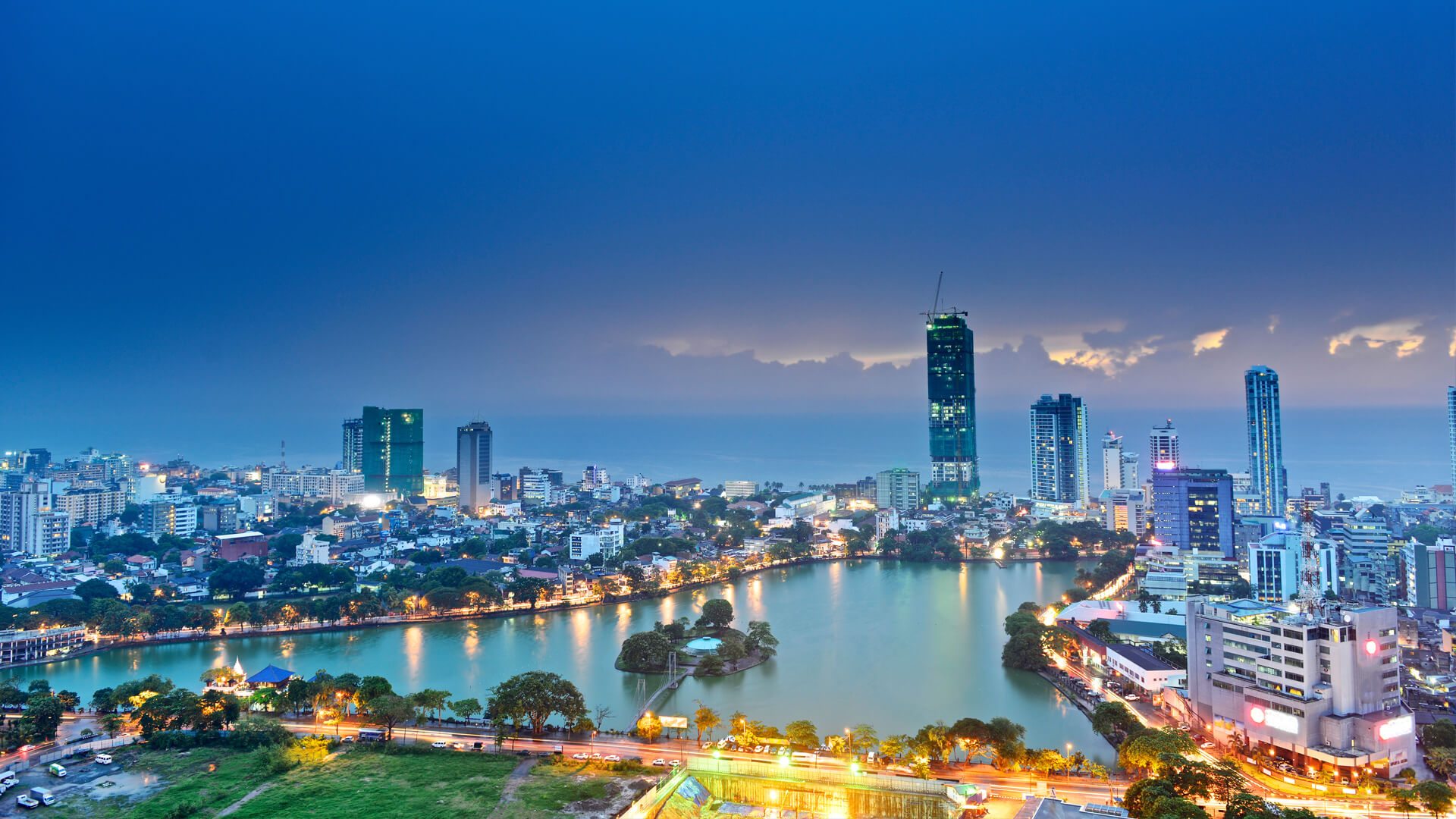
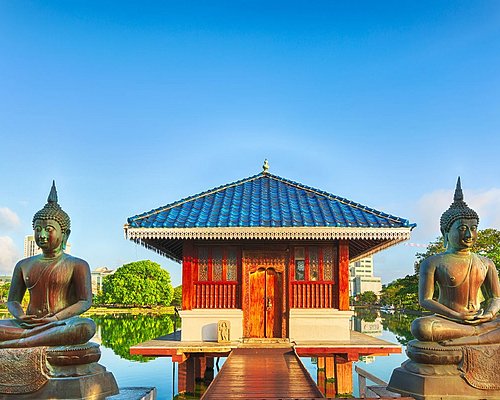



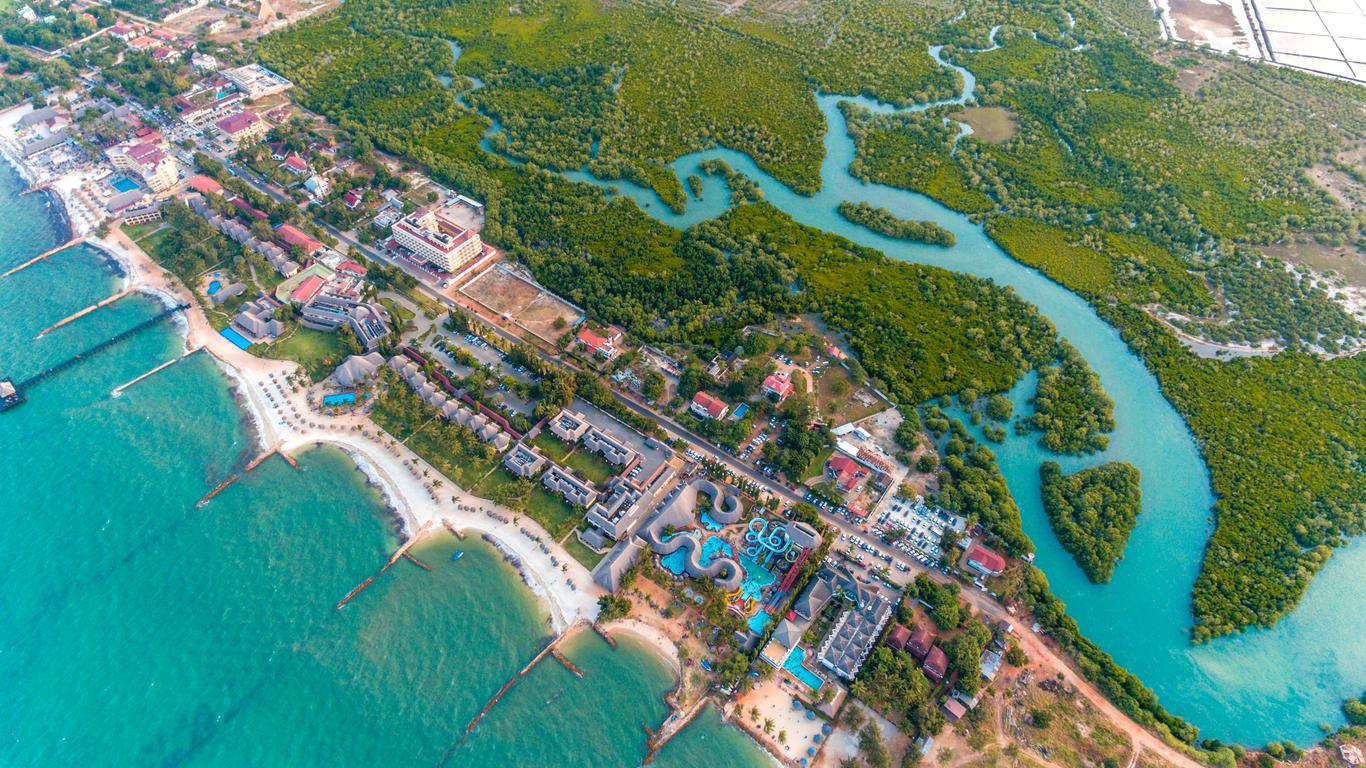


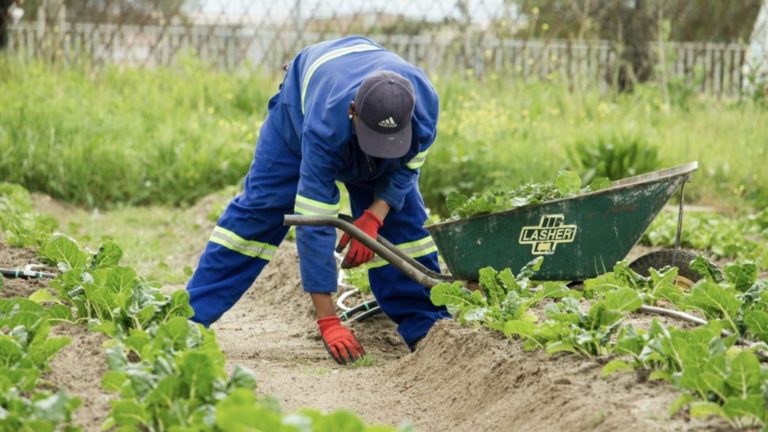




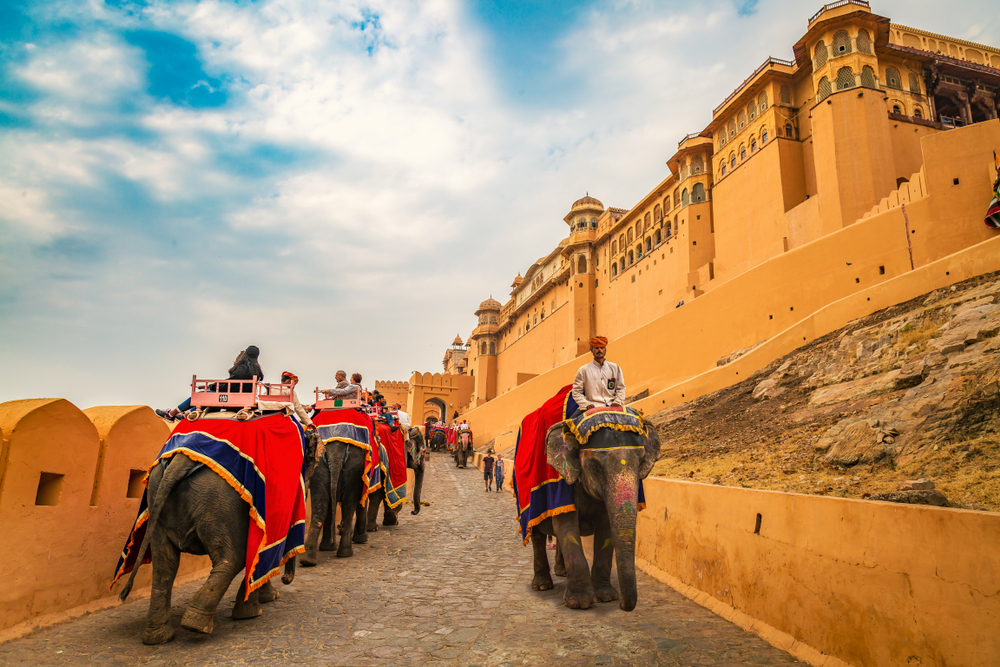

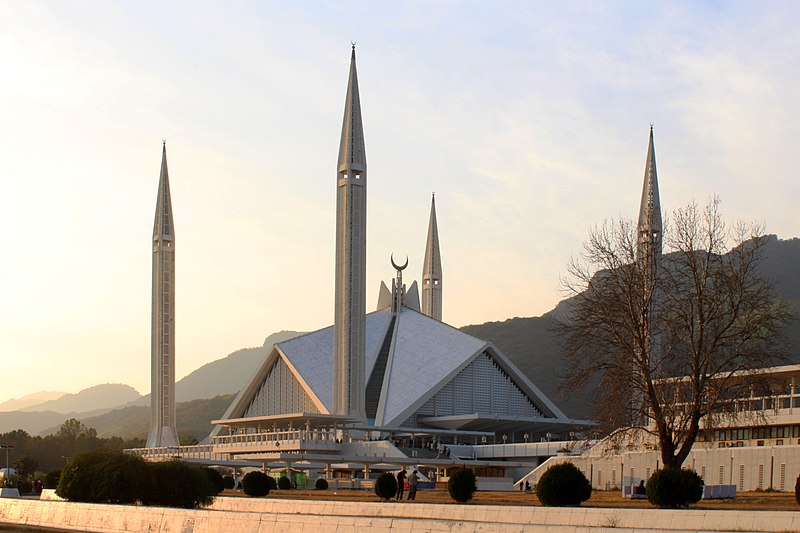





Comments